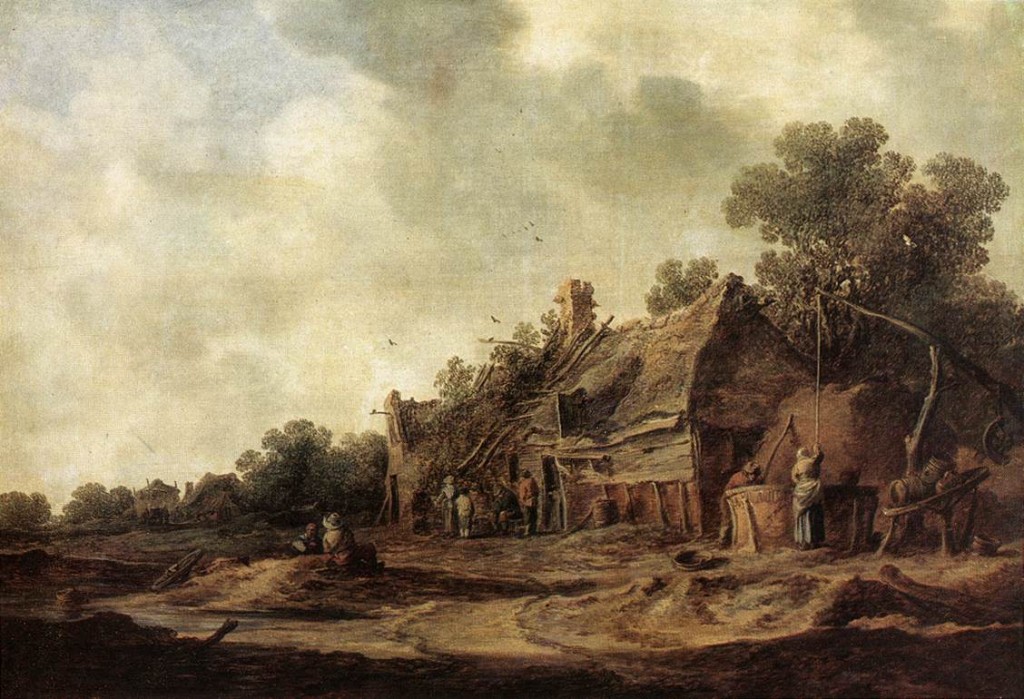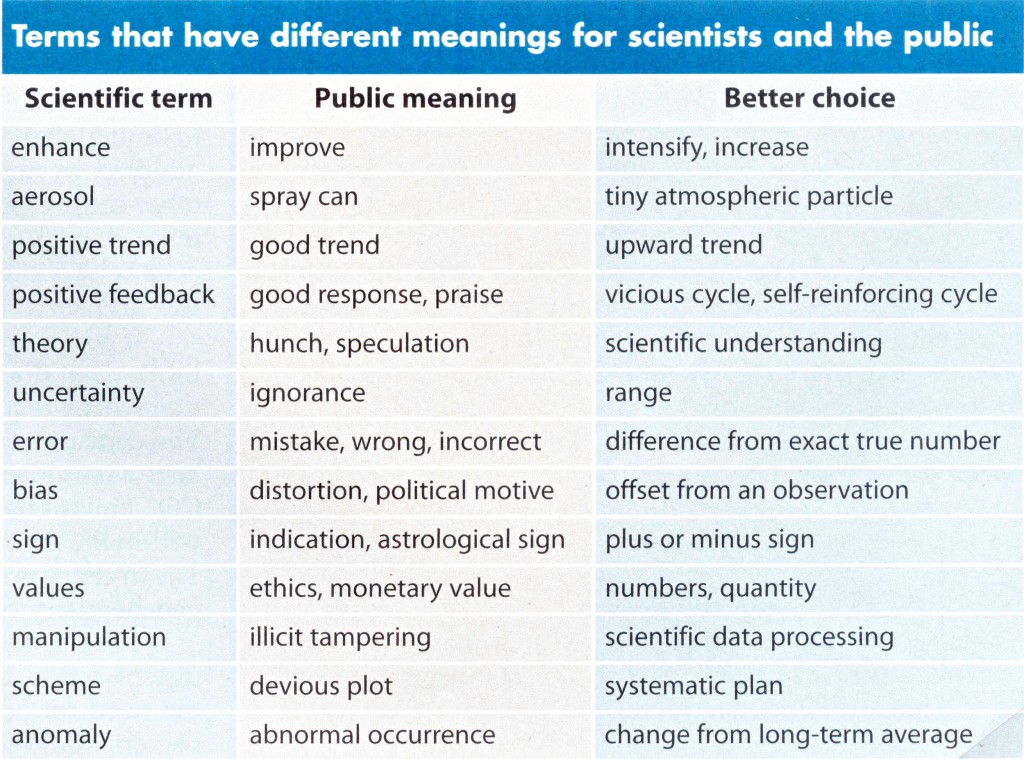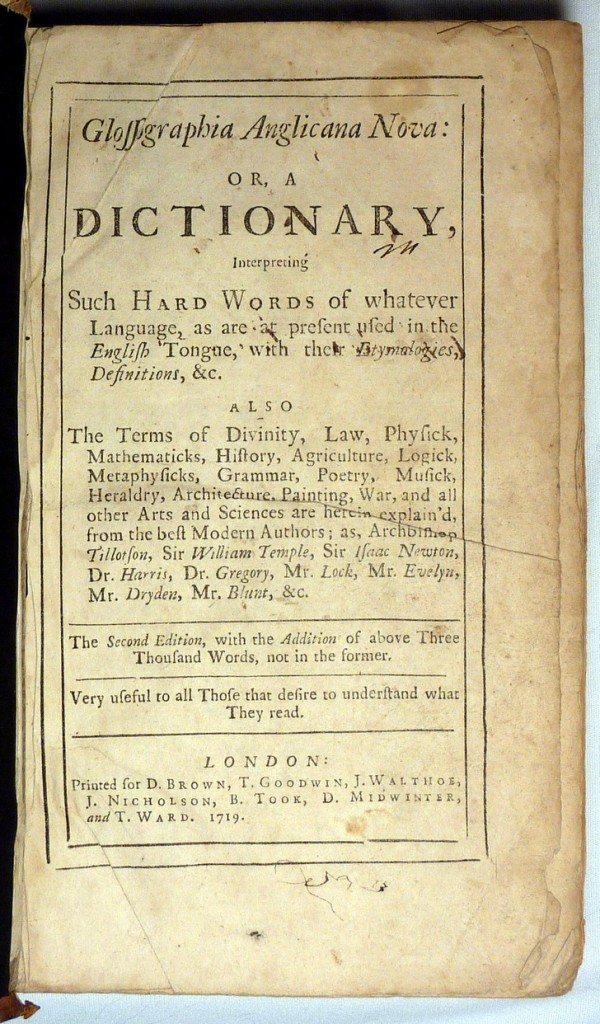I have neither the patience nor the time to wade through the divine Ms. MM’s effusion on the class snobbery at the heart of the Occupy Wall St. movement. (Via Edoroso)
It’s the usual McArdle — self regarding (I was a crappy student who went into the punditing racket because I loved it! And I’m better than you because of that!*); chock full of unsourced or supported claims that, as ever with this writer, are too-good-to-check;** and, frankly too wearisome a barge-load of flabby writing to want to wallow in long enough to do the full fisking that it probably deserves.
So to keep it short (as long as you ignore the footnotes)…let’s just look at one exemplary bit of McArdle drawing on her deep knowledge of the data making sh*t up:
Similarly, in the 1990s, when I worked with a lot of mostly blue-collar and first-generation college grads (with a fair sprinkling of Ivy Leaguers, to be sure), I didn’t hear nearly so much about the rich and how greedy they were–even though in the late 1990s, income inequality was almost certainly worse than it is right now.
“here’s the difference between me and the outraged lower-upper-middle-class: I chose it. I decided to have terrible grades and major in English, and then job hop in New York before settling down as an IT consultant. “
**Here’s McCardle on the profile of the archetypal OWS supporter, and the thought process that led him/her to camp out in a manner calculated to offend his/her betters:
Probably they should not have sunk tens of thousands of dollars into acquiring a BFA.¹ But these mistakes didn’t usually used to be crippling. They were a drag, as you paid off those huge student loans with your tiny little income…²Unfortunately their choices became utterly, horrifyingly disastrous just at the moment when we had a terrible financial crisis that spiked our unemployment rate up to 10%. We can argue about exactly who is at fault and to what extent, and how much longer our public sector spending would have been sustainable without the financial crisis. But whether or not you think their reaction is empirically correct, it certainly isn’t surprising. To them it looks like a bunch of greedy, stupid bankers stole the jobs that they were entitled to. [Italics added.]
Megan McArdle is Always Wrong™: Occupy Wall St./Income Inequality divisionPost + Comments (73)








